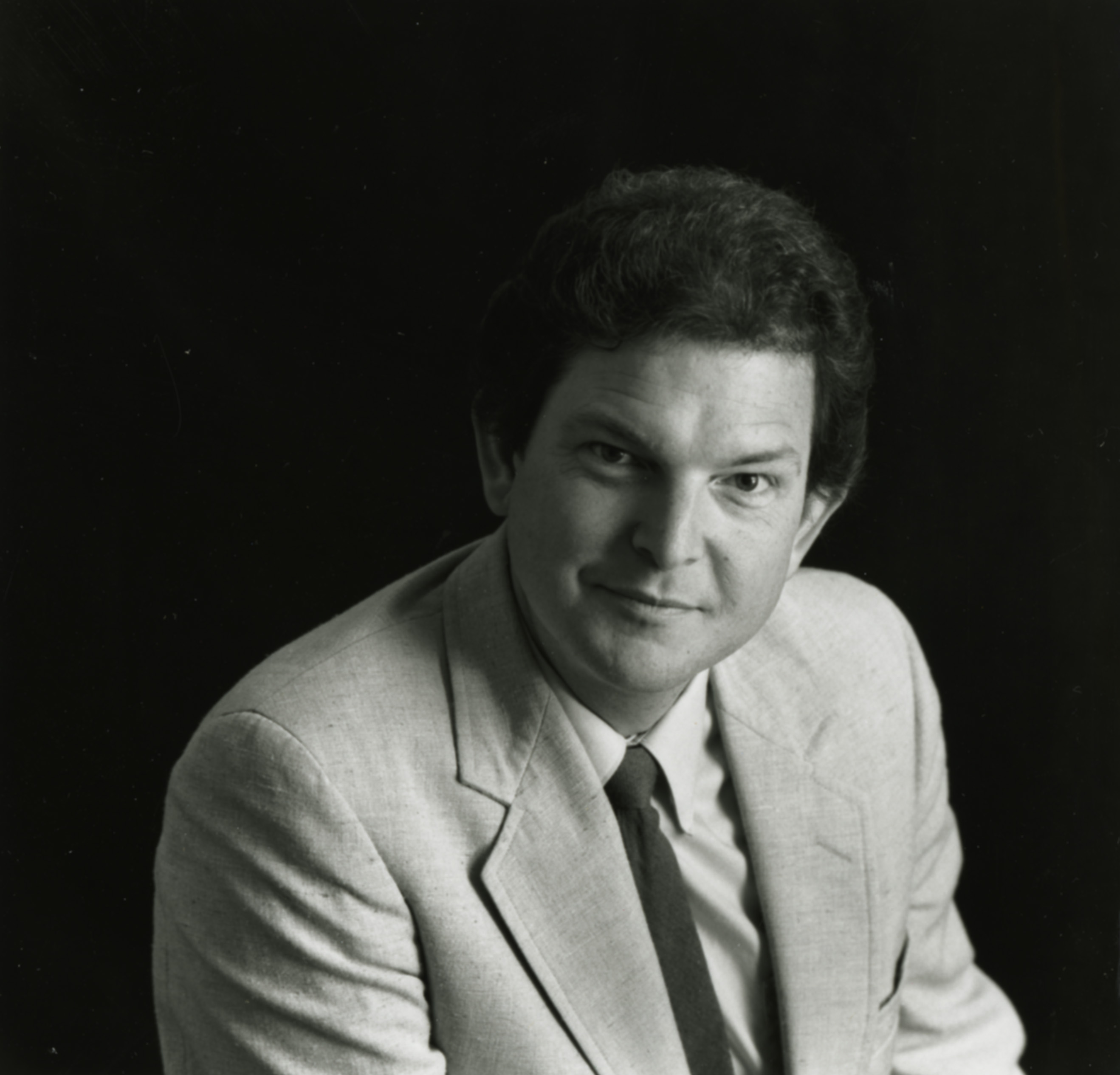 Douglas G. Adams (1945-2007) was professor of Religion and Art at Pacific School of Religion and one of the core faculty of Graduate Theological Union for 31 years. Adams was an international scholar in religion and the arts, worship, dance and humor. He brought an enormous amount of energy and enterprise to establish religion combined with art and performance art on Holy Hill.
Douglas G. Adams (1945-2007) was professor of Religion and Art at Pacific School of Religion and one of the core faculty of Graduate Theological Union for 31 years. Adams was an international scholar in religion and the arts, worship, dance and humor. He brought an enormous amount of energy and enterprise to establish religion combined with art and performance art on Holy Hill.
In the following essay, Adams describes how he teaches the the use of humor in worship.
The Place of Humor in Preaching and Worship: A Course Plan with Bibliography
Having once read Halford Luccock's proposal that all seminary student take a course on humor in their senior year before being unleashed to lead a lifetime of worship and preaching, I teach a course entitled "Humor and Faith" each spring term at Pacific School of Religion in Berkeley, California: RA 390 Humor and Faith. The course description promises "an exploration of the history of humor's use in the Jewish and Christian traditions (in the Bible and pulpit literature, religious drama and dance, religious art, music, and novel) and contemporary uses of humor to express the faith in worship, preaching, education, an social action." Class meetings embody the forms of humor before analyzing them; for as E. B. White warned, analyzing humor is like dissecting a frog -the subject dies.
In the first class session, I appear as Henry Ward Beecher and present "Exocising Idols: Humor from the American Pulpit," an hour of humor used in eighteenth and nineteenth century American preaching; and then staying in character as Beecher, I answer class questions about how and why humor was used in preaching. It is c1ear from that material that humor was used primarily to put down American idolatries of power, wisdom, and wealth. Before the presentation, students are advised that at which we cannot laugh has become for us an idol; and so, each student is to note down the jokes at which he or she has difficulty laughing. Such a list then becomes the student's idol inventory and the basis for the next class assignment.
To the second class session, each student comes personifying an idol in our culture: e.g. education, political power, wealth, the private home, youth , or whatever contemporary idol promises salvation. Each student selects one of his or her own idols from the list generated at the first class session.Through costuming and props, each is to help us and himself or herself laugh at the idol. The costumes and props utilize hyperbole.
The complete article.
The article appeared in Preaching and Worship, the 1980 Meeting of the Academy of Homiletics, December 11-13, 1980, Princeton Theological Seminary, Princeton, NJ, pp 142-146.
Other resources:
Finding aid for Douglas G. Adams Collection.
An online archival exhibit documents some of the a ctivities and writings from this remarkable teacher.
